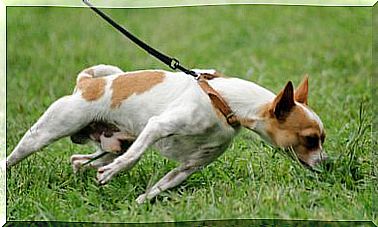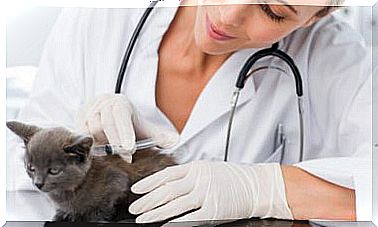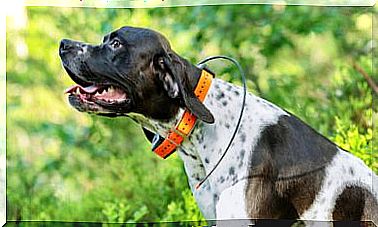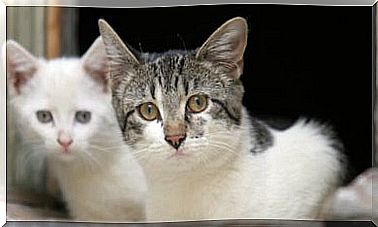Two Cattle Diseases Under Official Control
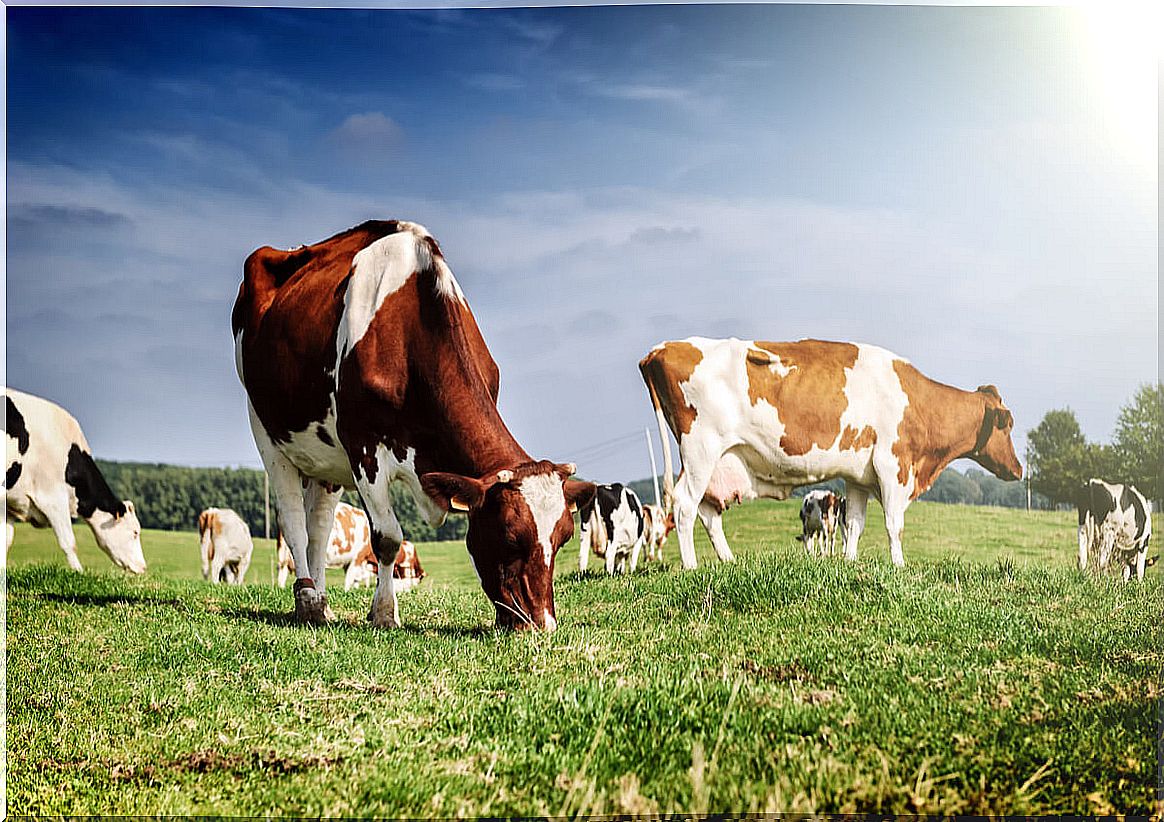
There are numerous pathologies that can jeopardize the health of farm animals. There are infectious – caused by bacteria and viruses – and parasitic, and all of them have a greater or lesser impact on productive performance, which directly harms the farmer.
For this reason, public administrations develop programs for the fight, control and eradication of animal diseases. In this case, we will talk to you about two of the most widespread cattle pathologies globally.
These two diseases – tuberculosis and brucellosis – also have the possibility of infecting humans. Therefore, controlling them represents a new and essential challenge. Here we show you everything you need to know about them.
Two diseases of cattle under official control
Next, we will talk about two of the most important diseases of cattle, their diagnosis and the tools to control them.
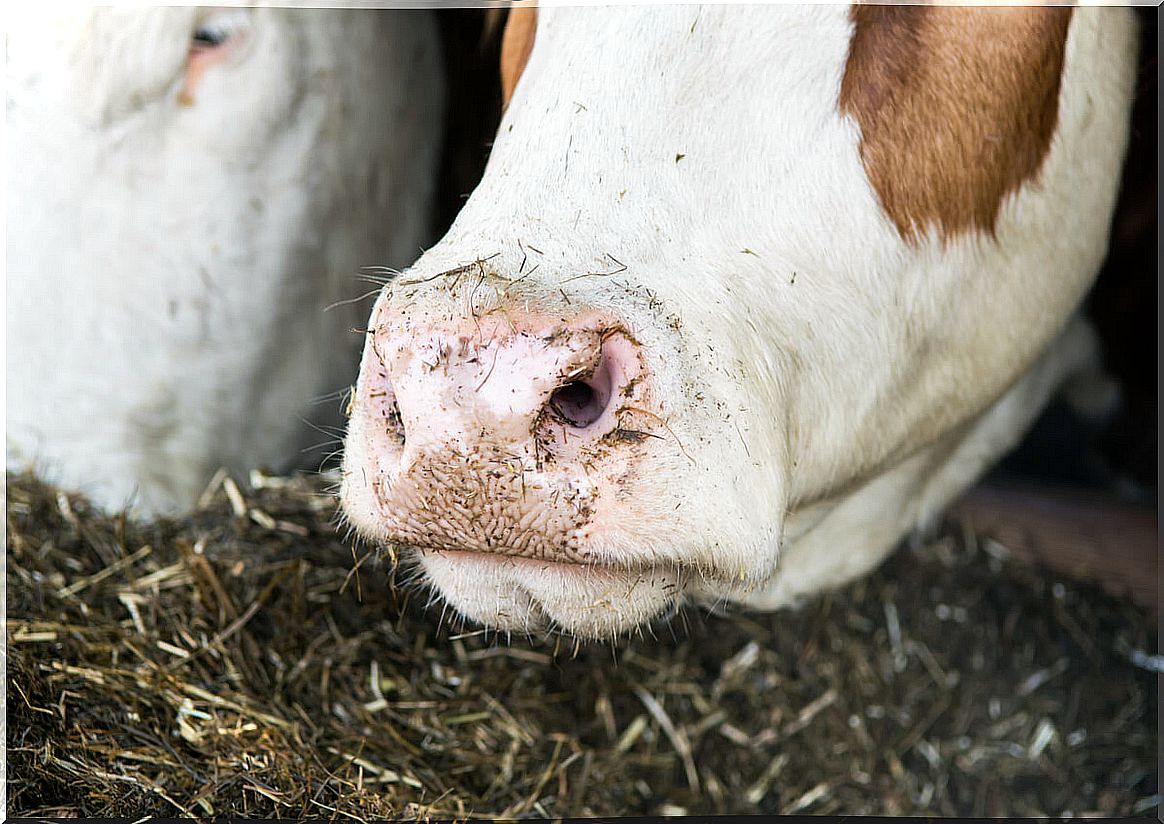
Bovine tuberculosis
Tuberculosis is a bacterial disease caused by a mycobacterium, in this case, Mycobacterium bovis . Although it is a species-specific disease, M. bovis is considered responsible for 10% of human tuberculosis. In any case, in our case the causative agent is M. tuberculosis .
Transmission
The disease is contagious and is transmitted by direct contact with infected domestic or wild animals. Therefore, it is important to mention that there are wild reservoirs of this disease.
The bacteria are ejected from the body in droplets that a sick animal coughs out. Thus, it is normal for the route of infection to be respiratory or oral – by consumption of contaminated milk, in the case of calves.
It is a slow-onset disease and it can take months or even years for it to become serious or fatal. Consequently, a single infected cow can spread the bacteria within the herd very easily before dying. In this way, the movement of carrier animals is one of the main routes of spread.
Symptoms
The mycobacterium attacks the lungs, resulting in granulomatous pneumonia. This name is given to lung infections that occur with nodular lesions, in this case known as “tubercles.” These lesions decrease the respiratory capacity of the animal’s lung, which results in symptoms such as:
- Fever.
- Shortness of breath and dry cough.
The tubers become more severe as time passes, until the loss of lung capacity is such that the cow dies.
Diagnosis
Since the symptoms are not very distinctive, other tests are necessary to confirm the disease. According to the guidelines established by the International Organization of Epizooties (OIE), cutaneous tuberculin is used to detect it.
Tuberculin is a protein substance obtained directly from Mycobacterium bovis . It is injected into the skin of the cow and wait 72 hours to see the reaction. If the thickness of the skin increases, this is proof that the infection exists.
However, the definitive diagnosis is confirmed by culture and identification of the bacteria in the laboratory. Unfortunately, this is a process that can take eight weeks or more.
Control programs for cattle diseases
Since the transmissibility of this disease is so high, putting it through a control program is essential. This will give the farmer certain guarantees about the health of his herd and the continuity of his productive activity.
The tuberculosis control program includes:
- Confirmation of the diagnosis using the tests indicated by the OIE.
- The slaughter of infected animals to prevent the disease from spreading throughout the herd.
- The sanitary classification of the cattle based on the results of the tests. Based on this criterion, the movement of the animals will be allowed or not.
- The application of prophylactic measures to avoid new infections – cleaning and disinfection.
In some countries of the world – where cows graze quietly in the wild – it is easier for them to come into contact with wildlife. For this reason, tuberculosis control programs insist on monitoring the disease in wild animals as well. This will undoubtedly prevent many infections in livestock in the long term.
Bovine brucellosis
It is another disease caused by a bacterium, Brucella abortus, although cows are sometimes affected by B.melitensis , which is more dangerous, as it is a zoonotic bacterium – which can cause disease in humans.
Transmission, symptoms and diagnosis
It is a contagious disease and, in addition, it is transmitted by numerous routes: from oral to conjunctival, through inhalation and skin. The bacterium remains infectious —and very resistant— in the environment, which is why it contaminates all kinds of surfaces and utensils.
The most common thing on the farm is contagion by direct contact with the abortifacient remains of the infected cow. Because yes, Brucella abortus causes epidemics of abortions and retention of the placenta. Although these events raise suspicions of the disease, laboratory confirmation is required.
Control programs for cattle diseases
In this case, in addition to its ability to spread throughout the herd, the possibility that it is a zoonosis is of concern. That is why it is so important to put it through a control program that includes:
- The diagnosis.
- The sacrifice of confirmed animals.
- The sanitary qualification of the farm, as was the case with tuberculosis.
- Preventive measures.

Diseases of cattle under official control
Animal diseases that affect livestock must be subjected to control programs to avoid all their inconveniences: not only those related to animal health and economic benefits, but also those related to their transmission to humans.
